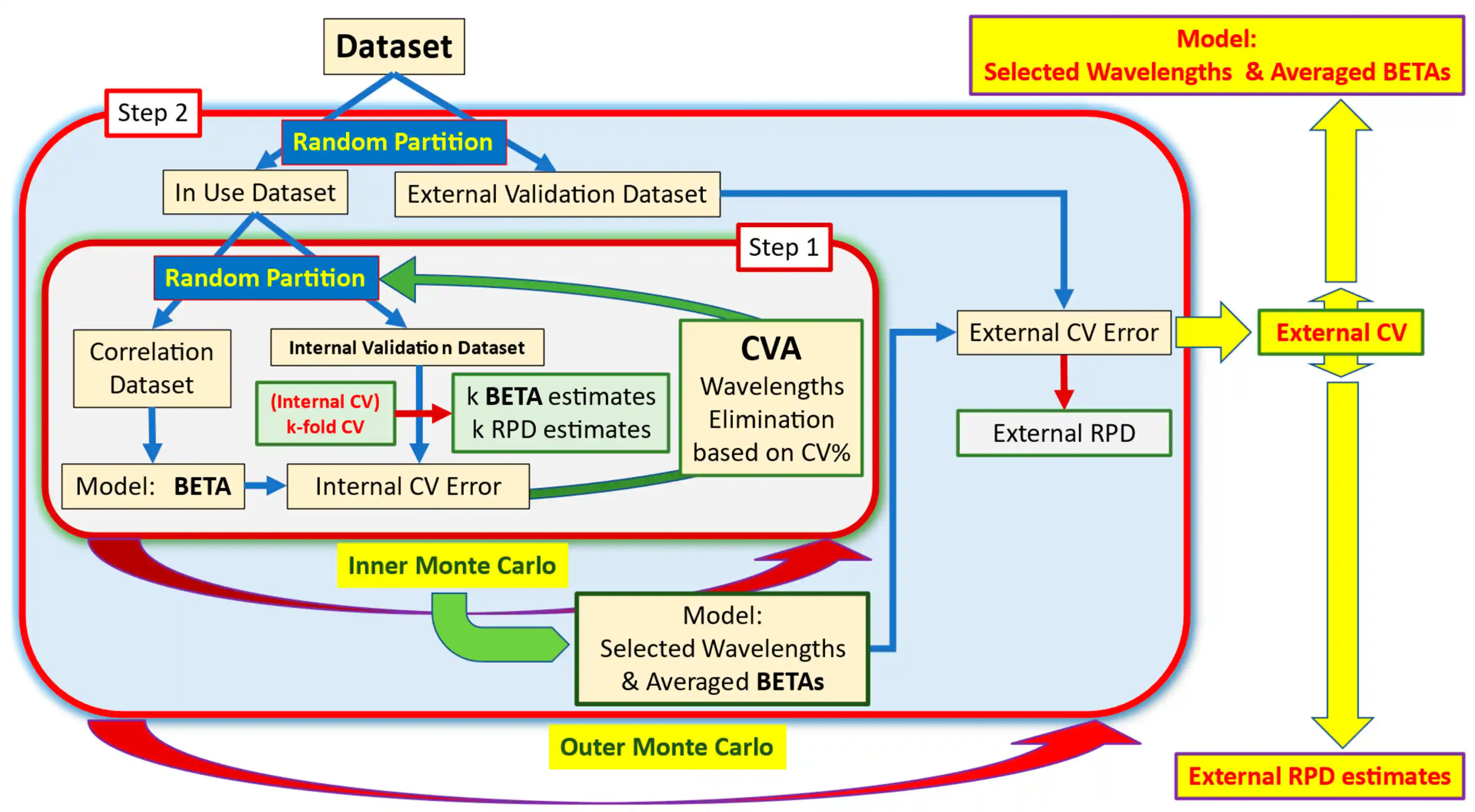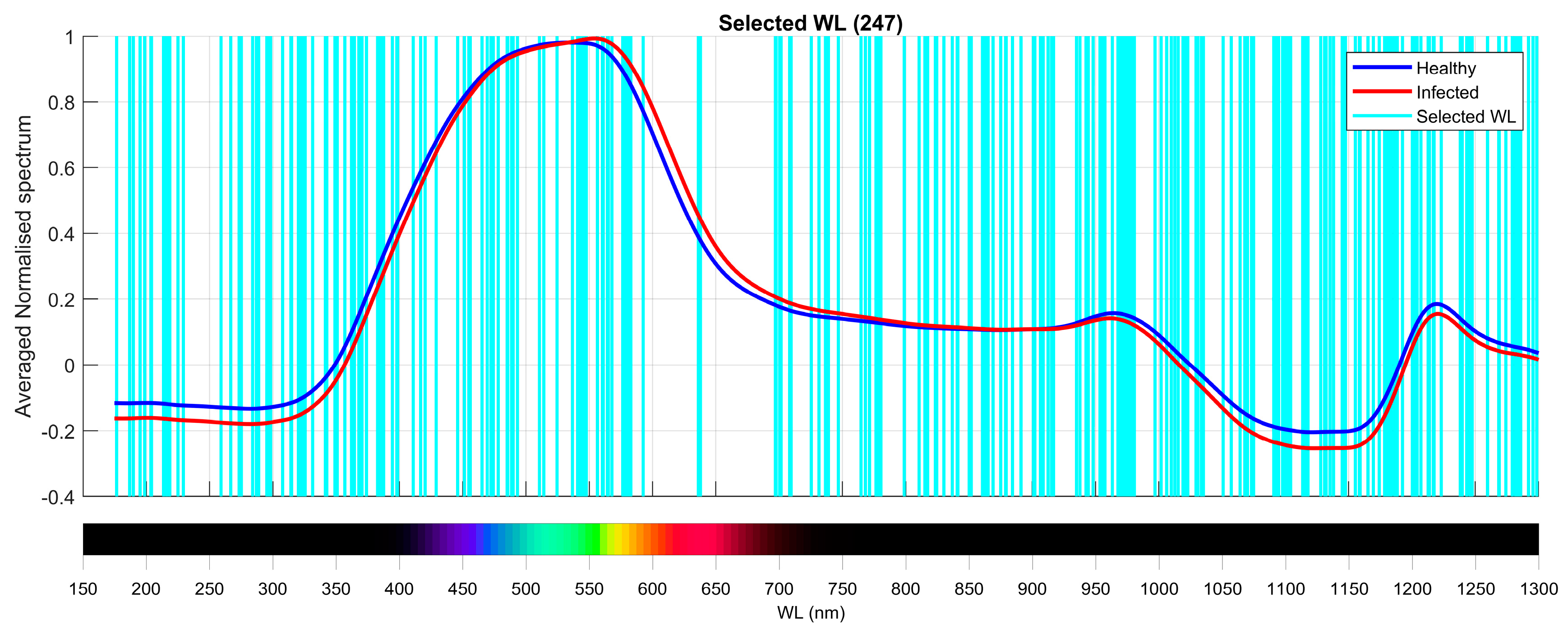Carpophagous insects, meaning those that feed on fruits, damage fruits without apparent external symptoms until they are almost fully ripe.
In most cases, the female Drosophila suzukii's serrated ovipositor allows it to lay eggs in soft-skinned, intact, ripening, and ripe fruits, particularly strawberries, raspberries, blueberries, and sweet cherries.
Specifically, the sweet cherry has been identified by numerous authors as a high-risk host for Drosophila attacks.
Damage and Economic Impact
This is because cherry trees produce fruit at a time when few other species offer alternative fruit sources.
The internal larval feeding on the fruit causes direct damage, making it unmarketable and unsuitable for both fresh consumption and processing industries.
Additionally, oviposition exposes the fruit to secondary infections, allowing pathogens, such as fungi, yeasts, and bacteria, to enter the fruit.
Once affected, contaminated fruits become soft and rot quickly after harvest, causing substantial economic losses and reduced yields.
Need for New Detection Techniques
During the larval stage, the insect's damage primarily occurs inside the fruit without any visible symptoms.
As a result, it is difficult to identify and remove these fruits from processing facilities and production lines.
This means that any approach enabling early detection of infestation is encouraged, as it has the potential to improve productivity.
However, it has been observed that the use of non-destructive techniques for detecting insect infestations in cherries has been the subject of a limited number of publications.
Study and Methodologies
There is a need to further explore the use of alternative and non-destructive techniques to quickly detect Drosophila infestations immediately after harvesting, so they can be incorporated into sorting and classification processes.
The study, conducted in collaboration between the University of Basilicata (Italy), the University of Sheffield (UK), and the International Centre for Advanced Mediterranean Agronomic Studies (Italy), aimed to use spectrophotometry as a rapid, non-destructive method to identify and classify healthy sweet cherries versus those affected by Drosophila.
By utilizing principal component regression and partial least squares regression algorithms, a predictive model was developed based on the obtained data.
Initially, the external cross-validation set was limited to 20% of the total available samples.
Results and Applications
However, in the final optimal model selected, this percentage was increased to 50%.
The partial least squares regression algorithm was employed to select a high-performance and robust model, as a result of the identified regression algorithm management procedure.
 Figure 1. This figure illustrates the general layout of steps 1 and 2, as previously described, in the programmed MATLAB model evaluation script. Source: Altieri et al., 2025.
Figure 1. This figure illustrates the general layout of steps 1 and 2, as previously described, in the programmed MATLAB model evaluation script. Source: Altieri et al., 2025.
The final model was built through a three-phase process, each of which was statistically evaluated.
The results indicated that the model incorrectly identified only four cherries out of 100,000 as uninfected, despite being infested.
The final model is robust in terms of sample temperature variations.
Future Perspectives
 Figure 2. Selected wavelengths of the final model and mean normalized spectrum of all healthy and infected cherries. Source: Altieri et al., 2025.
Figure 2. Selected wavelengths of the final model and mean normalized spectrum of all healthy and infected cherries. Source: Altieri et al., 2025.
Indeed, the model was constructed to account for spectral variations caused by temperature changes, thanks to the use of 50% of the samples at different temperatures.
The practical application of this study is the online early detection of Drosophila infestation in post-harvest cherries, which can be implemented on processing lines.
To achieve this goal, the same spectrophotometric model management procedure will be evaluated using a less expensive hyperspectral camera with a reduced set of wavelengths, facilitating its implementation on processing lines.
Source: Altieri, G.; Avaei, M.R.; Matera, A.; Genovese, F.; Verrastro, V.; Admane, N.; Mammadov, O.; Laveglia, S.; Di Renzo, G.C. Non-Destructive Early Detection of Drosophila suzukii Infestation in Sweet Cherries (c.v. Sweet Heart) Based on Innovative Management of Spectrophotometric Multilinear Correlation Models. Appl. Sci. 2025, 15, 197. https://doi.org/10.3390/app15010197
Opening image source: W. Hoashi-Erhardt, WSU
Melissa Venturi
University of Bologna
Cherry Times - All Rights Reserved














